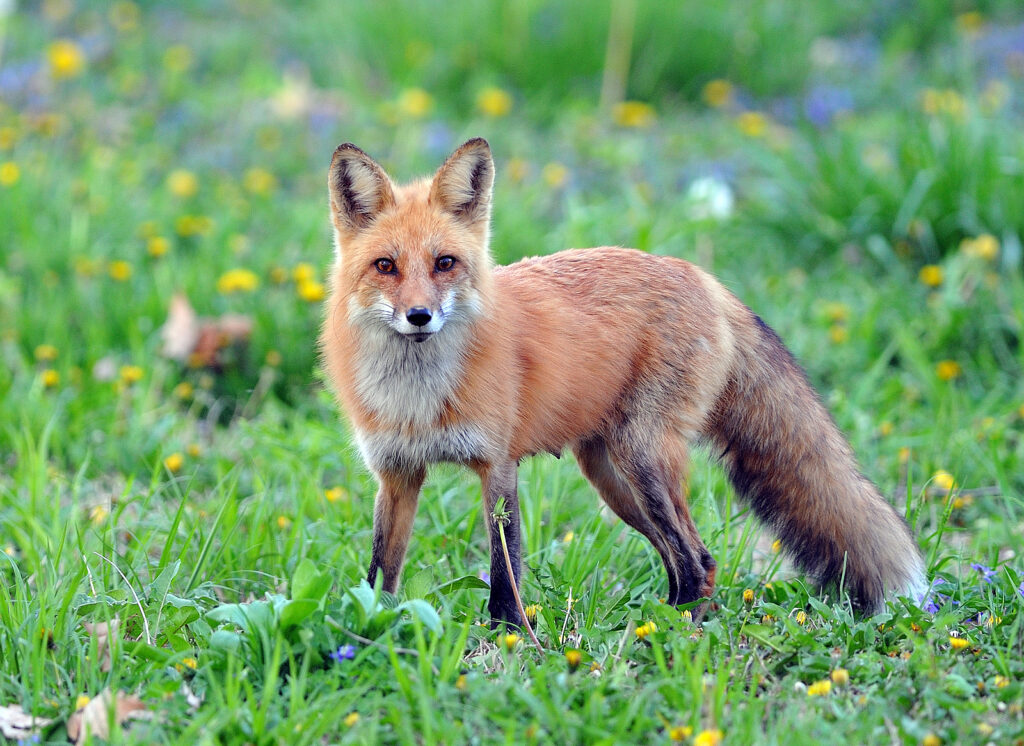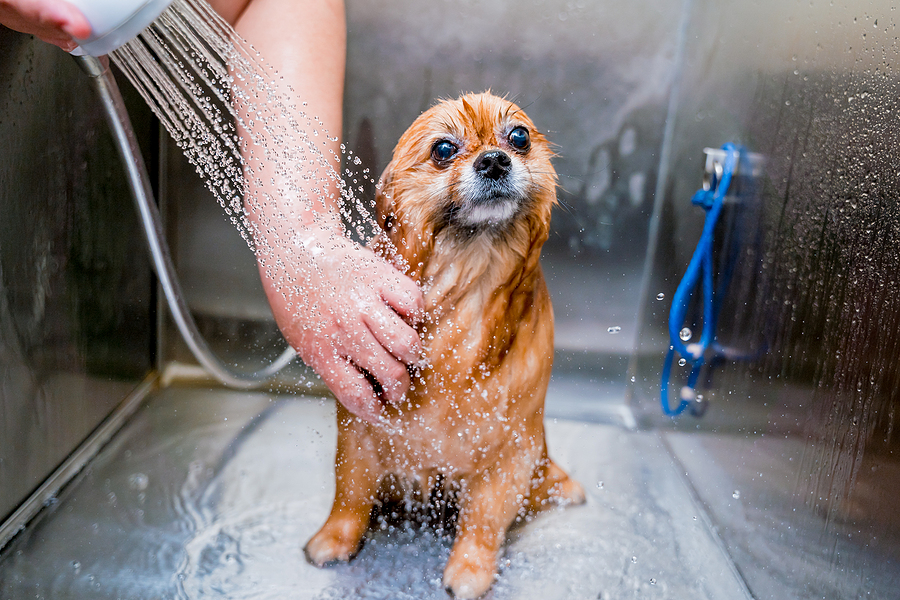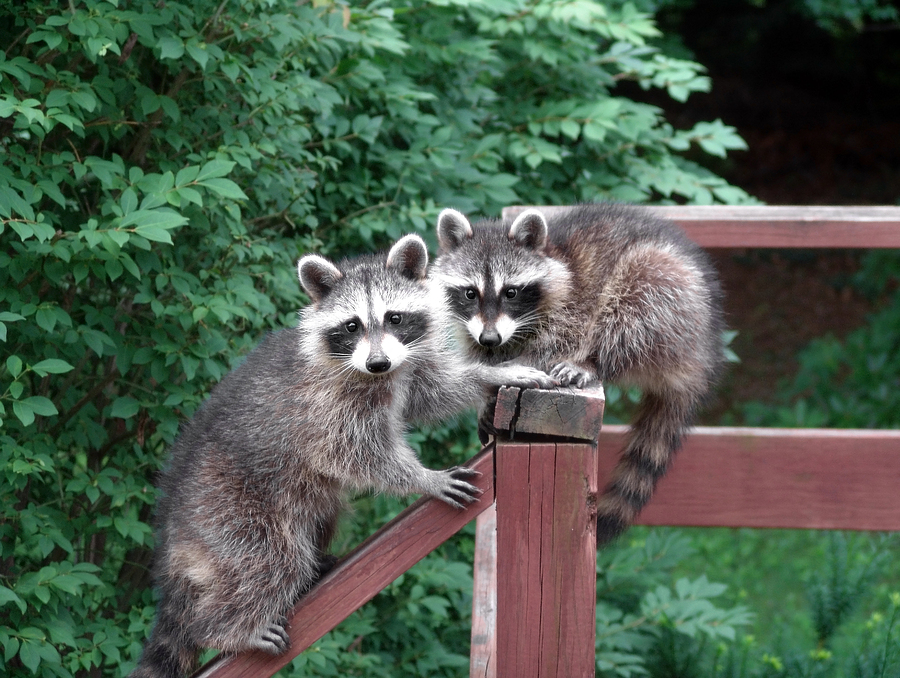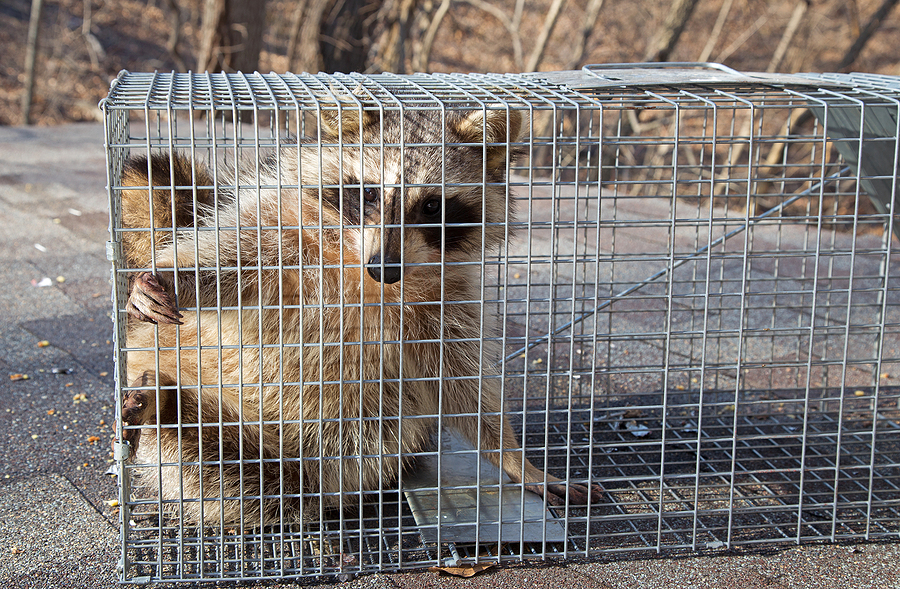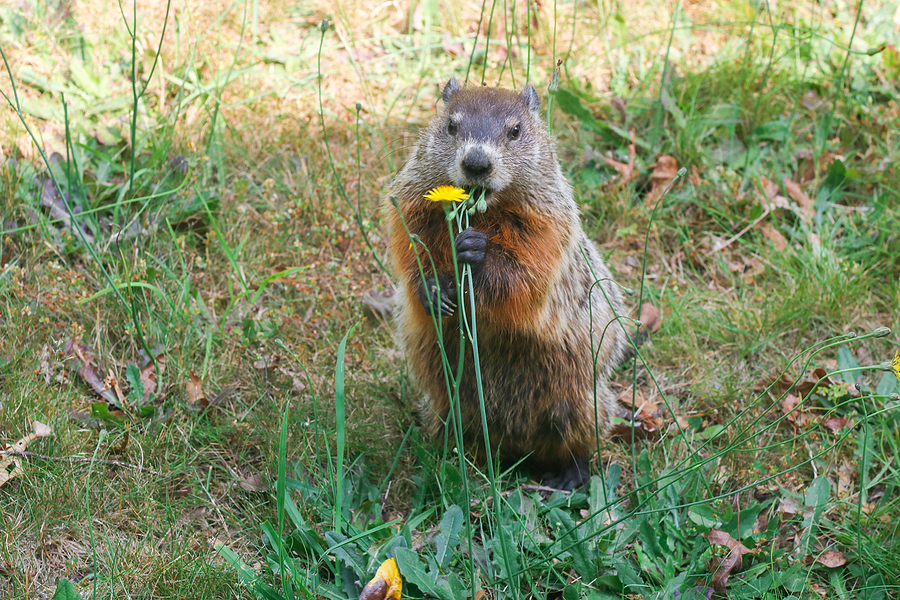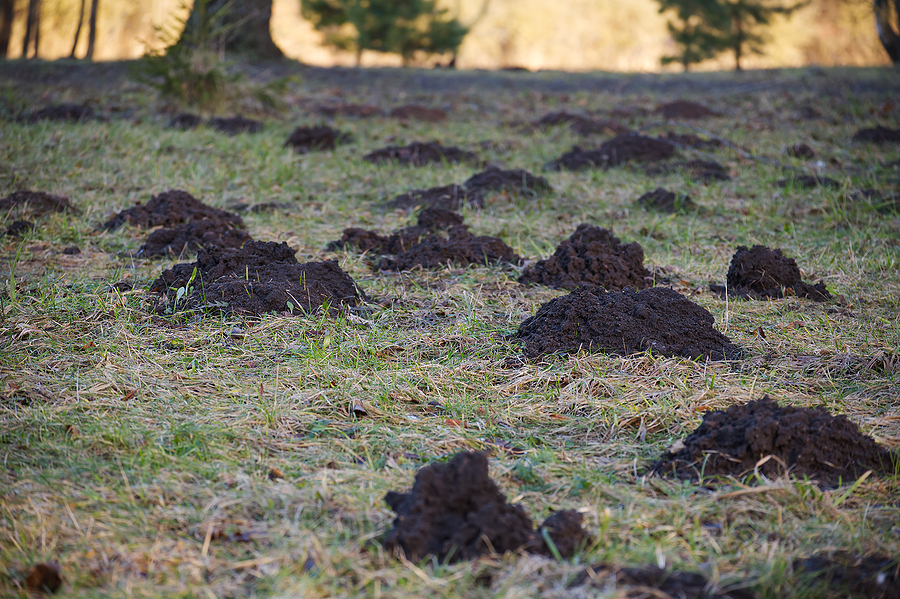When the chirping of birds turns from a sweet symphony to an irritating racket, it’s time to address the issue of nuisance birds. These feathered creatures may seem harmless, but their presence can disrupt daily life and cause property damage. In this blog post, we will explore the importance of understanding and managing nuisance birds, and provide effective solutions for bird control.
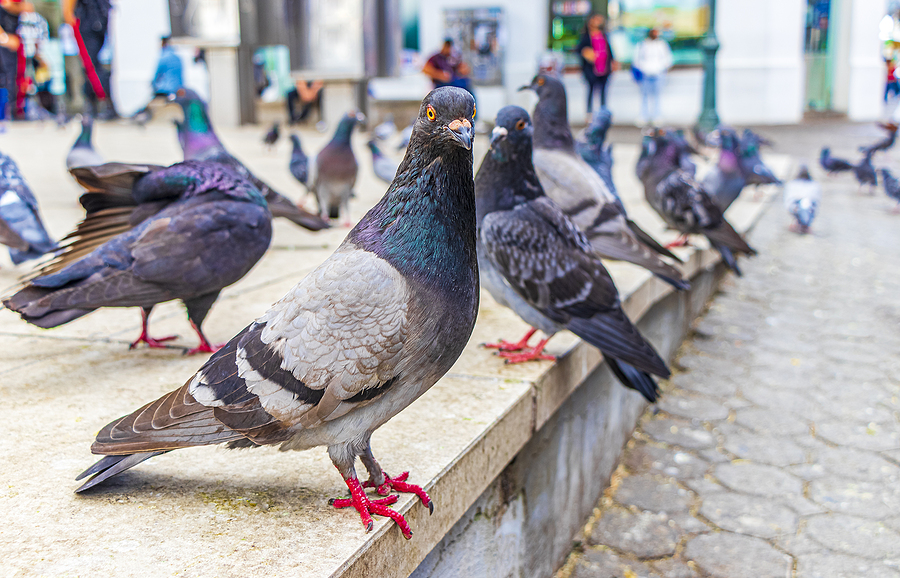
The Impact of Nuisance Birds
Birds are an integral part of our ecosystem and play a vital role in maintaining balance in nature. However, when they become a nuisance, their presence can have severe consequences. Nuisance birds can cause damage to crops and buildings, create unsanitary conditions with their droppings, and spread diseases through their feathers and feces. Additionally, their loud calls and constant activity can disrupt sleep and concentration for humans.
Common Types of Nuisance Birds in the Midwest
Before we can effectively manage nuisance birds, it’s essential to understand their behavior and habits. Different species of birds exhibit varying levels of aggression and damage-causing tendencies. For example, Red-winged blackbirds are known for their aggressive and territorial behavior towards humans, while pigeons are notorious for causing damage with their droppings. Birds also have specific roosting and nesting preferences, which can influence their presence in certain areas. Understanding these preferences can help in implementing bird control measures.
Pigeons
Pigeons are one of the most common nuisance birds in the Midwest. They are found in both urban and rural areas, and their presence can be a nuisance due to their messiness and loud cooing. Pigeons often nest in attics, under eaves, or in other sheltered areas. They can also damage buildings with their droppings, which contain high levels of uric acid that can corrode metal and stone surfaces.
Starlings
Starlings are another common nuisance bird found in the Midwest. They are highly social birds that often form large flocks that can become quite noisy when disturbed. Starlings often nest in cavities such as tree hollows or building eaves, and they can cause considerable damage to buildings with their droppings. They also compete with native cavity-nesting birds for nesting sites, which can have a negative impact on local biodiversity.
House Sparrows
House sparrows are small passerine birds that are native to Europe but have been introduced to many parts of the world, including the Midwest United States. They prefer to nest near human habitation, making them a common nuisance around homes and businesses. House sparrows often build nests in gutters or vents, which can clog with debris and lead to water damage if left unchecked.
Grackles
Grackles are large blackbirds found throughout much of North America, including the Midwest United States. They often form large flocks that can become quite noisy when disturbed, making them a nuisance for people living nearby. Grackles typically feed on insects but will also eat grain from bird feeders or crops from fields if given the opportunity. Their presence near farms can be particularly damaging due to their tendency to consume large amounts of grain or other crops they find attractive.
Crows
Crows are large blackbirds found throughout much of North America, including the Midwest United States. Like grackles, crows often form large flocks that can become quite noisy when disturbed and will consume grain from bird feeders or crops from fields if given the opportunity. In addition to being a nuisance due to their noise and messiness, crows may also pose a threat to smaller native species by competing for food sources or preying on eggs or young birds.
Mourning Doves
Mourning doves are small grayish-brown birds found throughout much of North America, including the Midwest United States. While they typically do not cause any significant damage like some other nuisance birds may do, they may become a nuisance due to their loud cooing during breeding season or if they build nests near human habitation where they may be seen as an eyesore by some people.
Bird Proofing and Control
The most effective way to manage nuisance birds is through prevention. By creating an environment that is unattractive for birds, we can discourage them from roosting or nesting on our property. Installing deterrents such as bird spikes, netting, and electrical shock systems can be effective in keeping birds away.
Another preventative measure is bird repellent, which can include visual and auditory deterrents. These methods use devices that emit sounds or reflect light, making it unpleasant for birds to stay in the area. In cases where prevention is not possible, such as with migratory birds, humane trapping and relocation may be necessary. It’s essential to consult with professionals in bird control and follow regulations when implementing these measures.
The Importance of Professional Bird Control
While there are many DIY solutions available for managing nuisance birds, it’s crucial to seek professional wildlife removal and control assistance. Improper installation or use of deterrents can harm the birds, and relocation without proper planning can result in further issues. Professional bird control operators have the knowledge and experience to effectively manage and abate nuisance birds while adhering to ethical and legal standards.
Conclusion
Nuisance birds may seem like a minor inconvenience, but their presence can have significant impacts. Understanding their behavior and implementing effective bird control measures is essential in managing these feathered creatures. By seeking professional help and taking preventative measures, we can create a peaceful coexistence with birds without the disruption and damage they can cause. So the next time you hear the noisy chatter of birds, remember that with proper management, we can go beyond the noise and live in harmony with these beautiful creatures.
For more information about nuisance bird abatement in Indiana, trust our wildlife removal professionals. Contact Modern Wildlife Control at 317-847-6409 for licensed and insured bird removal and control in Indianapolis, Indiana. Our animal removal and control services are humane, effective, and available for both residential and commercial clients.
Related Posts:
What You Should Do if You Have Birds in the Chimney
Top 5 Strategies for Bird Removal and Control
How to Protect Bird Feeders From Hungry Squirrels

